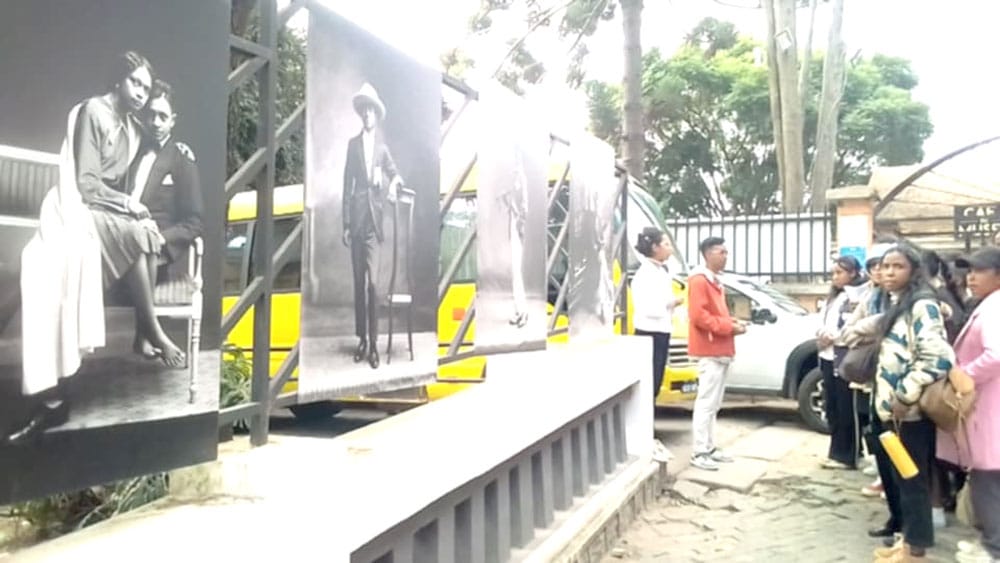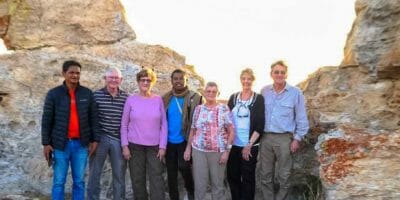
While the photo museum has just breathed its fourth candle on the high city, a new challenge is launched to this team of enthusiasts in a race against the watch: saving the 50,000 glass plates of the great photographer of the 1930s, Ramilijaona.
The family of photographer Ramilijaona wished that the photo museum hosting the approximately 50,000 negatives on the glass plate that he left. It is the most important images fund left by a photographer in Madagascar, both in quantitative and qualitative terms.
In the eyes of researchers, these glass plates are invaluable research support. These clichés of Ramilijaona are, in fact, witnesses of an era during which Madagascar is prosperous on the artistic and literary level, in the 1930s. Besides an abundant official photograph, it was during this period that photography studios, created by Malagasy, flourish in the streets of the capital. Among these, the Ramilijaona studio considered as the father of Malagasy photography, will take a place of choice, both with good society, central administration or religious authorities.
A vulnerable heritage
To date, these glass plates have been stored in the family attic where they are gradually deteriorating over time. For almost a century, these glass plates have undergone the outrages of time and have deteriorated inexorably.
These glass negatives are the results of a silver gelatin-bromure process. The composition of the glasses is not always stable, which makes their conservation very complex. Specialists estimate that the lifespan of such a plaque can go up to 200 years in optimal conservation conditions, but failing that, this lifespan can be reduced to ten years. It is estimated that 20 to 30% of this fund is already lost.
The museum mission to save them is therefore double: digitizing them and storing them in the best possible conditions to keep them as witnesses to the golden age of Malagasy photography.
The digitization of this heritage will allow wide dissemination through future exhibitions, social networks as well as conferences for the general public.
A two -year digitization project.The challenge launched by the photo museum team is to create a digitization laboratory as well as a storage room with international standards. The digitization of all glass plates will require the hiring of five people over a period of two years. Indeed, once the protocols and devices are meticulously wedged, the scanning of each glass plate will take 20 minutes. This includes cleaning, scanning, image processing, indexing and plates packaging.
This ambitious project would not have been possible without the meeting of the team of the photo museum with that of total Madagascar which has committed to the museum, to allocate all the means necessary to carry out this project.
The Malagasy subsidiary of this great oil tanker has, in fact, a policy of social and environmental responsibility oriented on the dialogue of cultures, its access to young people and the safeguarding of heritage.
Hanitra Andria











